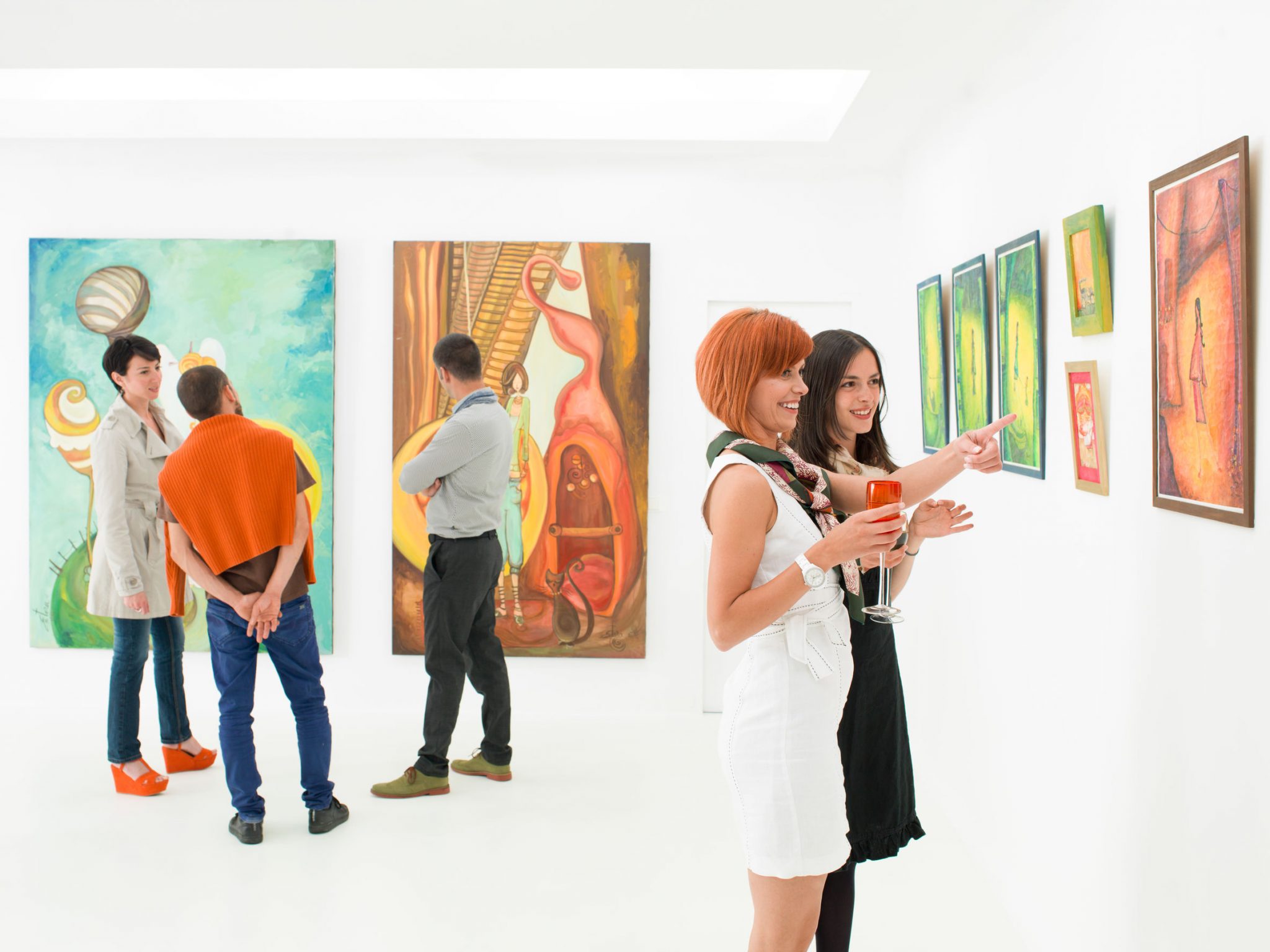In the blog post How Plein Air painting differs from Perceptual Painting? Larry Groff muses over the difference between the popular painters of today like Plein Air artists who find their way into magazines and perceptual painters who have a more modern take on the world and find their way into galleries.
Personally, I’ve never heard of perceptual painting but he goes on to explain the differences between them.
‘Rarely do you see Plein-air painting that speaks issues involving modernist or post-modern painting and Plein-air painters are more likely to look to French or early California Impressionists, Hudson River Painters and other 19th Plein air landscape painters … Cutting-edged graduates of many Art Schools often dismiss Plein-Air painting as sellout kitchen, provincial, irrelevant and/or just bad art that caters to the low-brow masses. Some, of a postmodern conceptualist persuasion, would turn their back to any painting that wasn’t about the bigger issues of sex, war, oppression, depravity or anything with high volume shock value. Little paintings of sea cliffs or mountain views are barely more than motel painting in their eyes.’
This outlines the question, ‘what is art for?’
Is art there to satisfy the escapism of the masses (‘art for art sake’) or is it there to deal with the real problems of the time and try to make a better world?
The comparison is that Plein-Air painters and painting today can seem less serious than conceptual painters and their art. Because they don’t seek to offer a message or deeper meaning in the art they create.
Some might say that art for the masses is crass and appeals to the mass market.Because if you’re not edgy, don’t have a deeper message or commentary on society then your dull, unimportant. You’re not a real artist and therefore they’re not worth paying attention to.
It reminded me of history. The Impressionists like Monet, Renoir wanted to get away from having a painting tell a story. So call ‘history painting’ is what the Salon, the art establishment wanted. Stories of heroes, gods and battle.
Monet was interested in light not the political or social subtext of his work.It was radical at the time because it rejects the idea that painting must have a deeper meaning.
The revival of Impressionism in the 1950’s and it’s continued popularity today is perhaps explained by the increased uncertainty in our postmodern world.
Bombarded with endless bad news from the media some of us just want to have a moment enjoying a piece of art without analysing it to death. To view it as purely aesthetic object devoid of deeper meaning.
But it’s the attitude that bothers me the most. If an artist has a motive to make pretty pictures for the popular masses, devoid of a hidden message. Then the gatekeepers of art are suggesting how naive and childlike they are.
A joke, an amateur at art.Something to be looked down on with a mocking amusement.
Who gave them the right and authority to decide whats art and not? Considering the kind of art lauded today I wonder how these people sleep at night.
I find that attitude condescending. It’s the art establishment trying to claim a superiority they can’t justify. When it comes to decorating our homes how many of us would buy a painting that’s edgy, troubling or topical. Or one that beautifies our homes?
Perhaps that’s the difference, these two art movements have different audiences.
I’m often tired of everything being politicised and turned into a commentary or critique. Sometimes I just want to look at something pretty.
It’s the whole Romanticism vs Realism debate. Escaping the ugliness of reality is I feel sometimes necessary. Sometimes we need art just to look good, to not cause us to question and doubt.
But neither should we dismiss the more serious art. That asks us to take life seriously sometimes, to question and doubt, and show the uglier side of life.
Our world needs both types of art and I’m all for a balance. I think it’s a sign of a healthy attitude.
However maybe the question is absurd.Artists by their profession are about self-expression, following their own inspiration and curiosity, they are not typically given to follow convention or orders.
With that attitude what does it matter what anyone else thinks about the art? As long as you’re seeking your own truth as an artist, or as a buyer.
So asking, ‘which art is the real art?’ That’s where it steps over from the interesting discussion of differences and acceptance, into competition and intolerance. Just another cynical attempt to create conflict in a world already full of it.
[I should point out this would not be the fault of the articles author but mine, taking the inquiry too far.]
To know who’s ‘in the right’ falls foul of turning art a political contest, like modernity itself.
Art is personal experience.
Is real art the kitsch work we see on our homes and businessmen, or the more serious form we in modern galleries?
Sometimes we do need an escape, a way of experiencing without all the politics, critique or ranting that some seem to think is necessary.
That’s turning art in work, and who wants to work all the time.
This debate is not going away. But maybe the debate itself is a waste of time. Who’s right and who’s wrong is missing the point.Maybe we shouldn’t take it all so seriously and realise art can have many functions.To escape problems or to highlight them.
Image Credit: shotsstudio / 123RF Stock Photo

